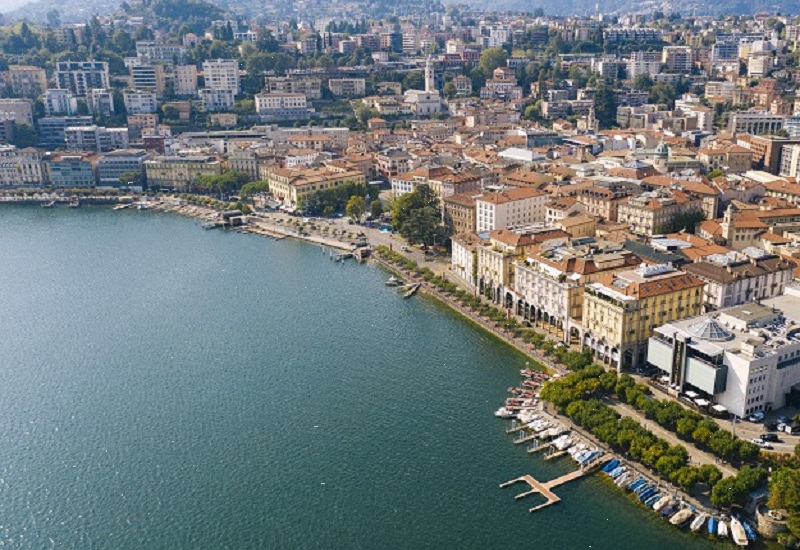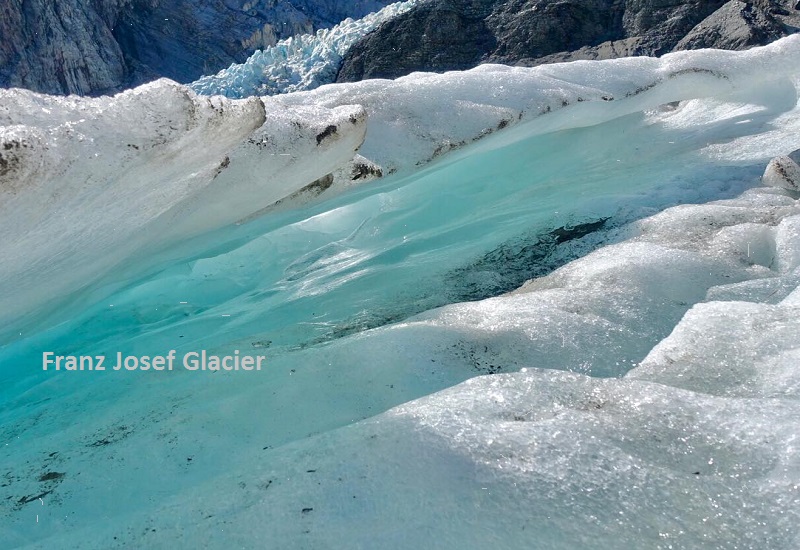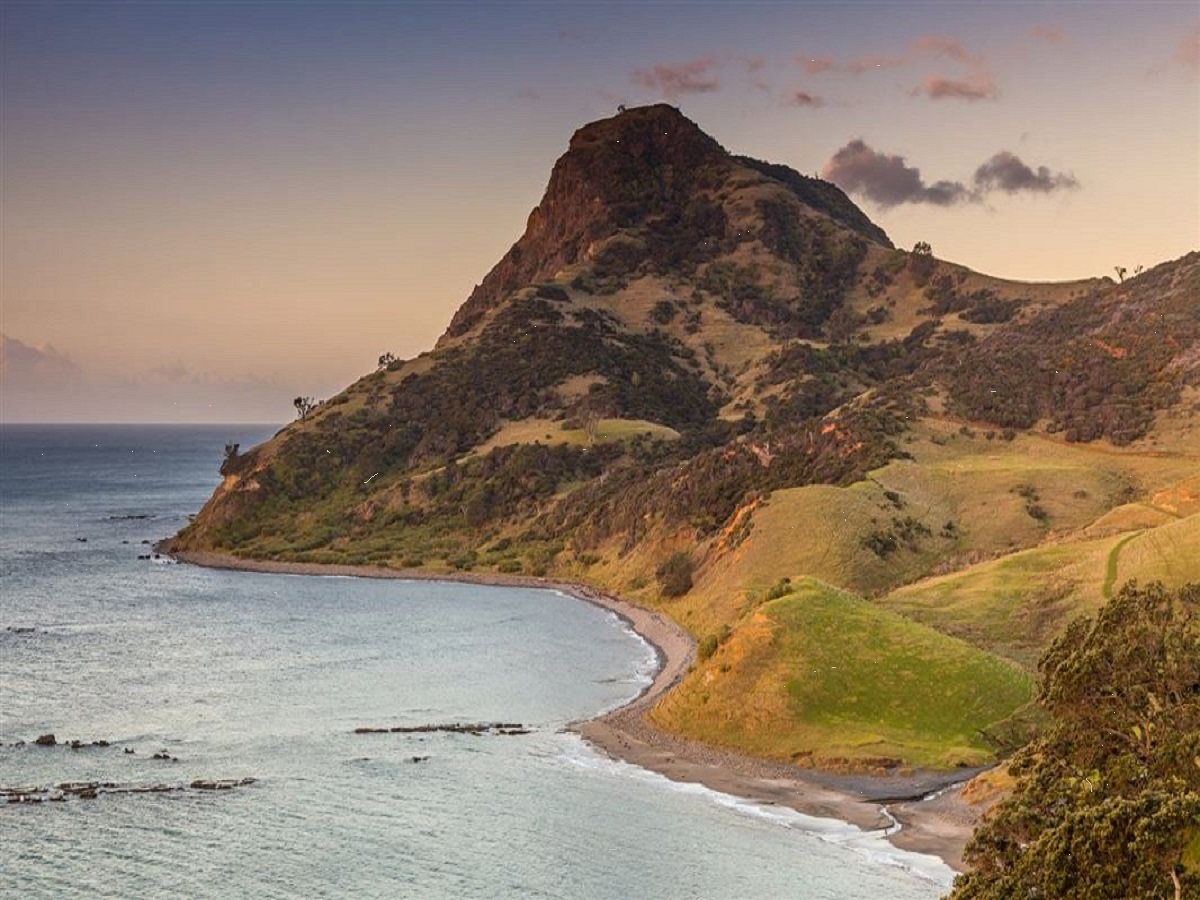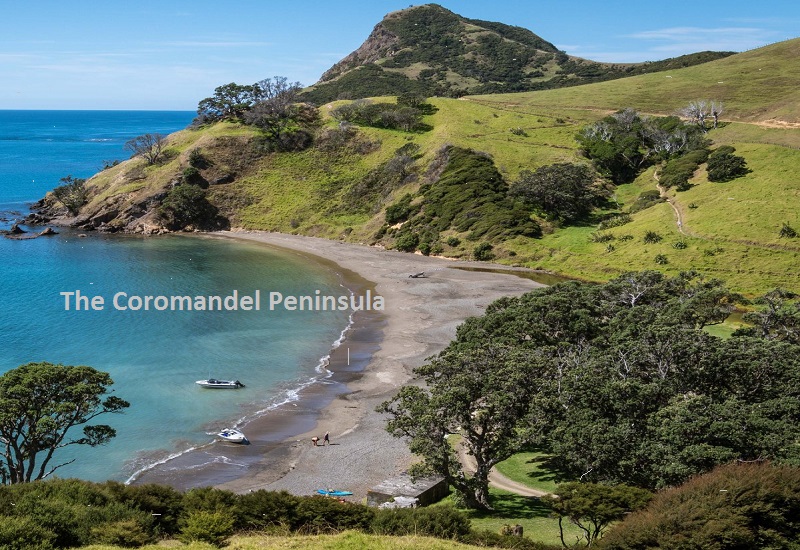Lake Lugano is a stunning glacial lake nestled between Switzerland and Italy, known for its picturesque surroundings and crystal-clear waters. Its depth is a point of interest for many visitors and researchers, as it plays a crucial role in the lake’s ecosystem and geological history. In this article, we will explore the depth of Lake Lugano, the factors that contribute to its formation, and its significance to the region.
Geographic Overview of Lake Lugano
Lake Lugano, named after the Swiss city of Lugano located on its northern shore, is situated in the Italian-speaking region of Ticino, Switzerland, and the Lombardy region of Italy. The lake spans an area of approximately 48.7 square kilometers, with 63% of its surface area in Switzerland and 37% in Italy. It is one of the smaller lakes in the region, yet it boasts a unique charm and scenic beauty.
The lake is surrounded by the Lugano Prealps, creating a dramatic landscape of steep mountains and lush valleys. The region’s mild climate and natural beauty make it a popular destination for tourists seeking relaxation and outdoor activities.
Depth and Dimensions of Lake Lugano
Lake Lugano is relatively deep compared to other nearby lakes, with a maximum depth of 288 meters (945 feet). This depth is measured in the central part of the lake, known as the “deep basin,” located between the towns of Gandria and Morcote. The average depth of the lake is approximately 133 meters (436 feet).
Factors Influencing Lake Depth
The depth of Lake Lugano is influenced by several geological and environmental factors:
- Glacial Origins: Like many lakes in the region, Lake Lugano was formed during the last glacial period when advancing glaciers carved out deep basins. As the glaciers retreated, meltwater filled these basins, creating the lake we see today.
- Tectonic Activity: The region’s tectonic activity has also contributed to the lake’s depth. The collision between the African and Eurasian tectonic plates has caused uplifting and folding of the surrounding mountains, deepening the lake basin over time.
- Sedimentation: Sediment deposition from rivers and streams flowing into the lake affects its depth. Over time, sediment can accumulate on the lakebed, altering its depth and shape.
Significance of Lake Lugano’s Depth
The depth of Lake Lugano has several implications for its ecosystem, water quality, and human activities:
Ecological Impact
The lake’s depth creates diverse aquatic habitats that support a wide range of plant and animal species. The depth and thermal stratification of the water column influence the distribution of organisms within the lake.
- Thermal Stratification: During the summer months, the lake exhibits thermal stratification, with distinct temperature layers. The warmer surface water, known as the epilimnion, sits above the cooler, denser water in the hypolimnion. This stratification affects the distribution of nutrients and oxygen, impacting aquatic life.
- Biodiversity: The lake’s varied depth provides habitats for numerous fish species, including perch, pike, and whitefish. These species thrive in different parts of the lake, depending on their depth preferences and temperature tolerance.
Water Quality and Environmental Concerns
Lake Lugano’s depth influences its water quality and susceptibility to environmental changes:
- Oxygen Levels: The deep waters of Lake Lugano have lower oxygen levels than the surface waters, especially during summer stratification. This can lead to hypoxic conditions that affect the survival of certain fish species and other aquatic organisms.
- Nutrient Cycling: The lake’s depth plays a role in nutrient cycling, with nutrients being redistributed between the surface and deep waters through processes such as mixing and sedimentation. Human activities, such as agriculture and urbanization, can introduce excess nutrients, leading to eutrophication and algal blooms.
Recreational and Economic Importance
Lake Lugano’s depth and clear waters make it an attractive destination for recreational activities and tourism:
- Boating and Water Sports: The lake’s depth accommodates various water-based activities, including sailing, kayaking, and paddleboarding. Its calm waters and scenic surroundings provide an ideal setting for leisurely boat rides and water sports.
- Fishing: Lake Lugano is a popular fishing destination, with anglers seeking species such as perch, pike, and catfish. The lake’s depth and diverse habitats support a healthy fish population, attracting both recreational and commercial fishermen.
- Tourism: The picturesque landscape, combined with the lake’s recreational opportunities, draws tourists worldwide. The tourism industry significantly contributes to the local economy, providing jobs and supporting businesses in the region.
Exploring the Surroundings of Lake Lugano
Beyond its depth, Lake Lugano offers a wealth of attractions and activities for visitors to explore:
Scenic Towns and Villages
The towns and villages surrounding Lake Lugano are steeped in history and charm, offering a glimpse into the region’s cultural heritage:
- Lugano: The city of Lugano is a vibrant hub of culture and commerce, known for its elegant architecture, lively piazzas, and beautiful parks. Visitors can explore museums, art galleries, and enjoy shopping and dining in the city’s bustling center.
- Morcote: Recognized as one of Switzerland’s most beautiful villages, Morcote is known for its picturesque setting and historical sites, including the Church of Santa Maria del Sasso and the Scherrer Park.
- Gandria: This quaint fishing village, located on the lake’s eastern shore, is accessible only by boat or footpath. Its narrow streets and traditional buildings offer a peaceful escape and stunning lake views.
Outdoor Activities
The natural beauty surrounding Lake Lugano provides ample opportunities for outdoor enthusiasts:
- Hiking and Biking: Numerous trails wind through the Lugano Prealps, offering breathtaking views of the lake and surrounding mountains. Popular routes include the Sentiero dell’Olivo and the Monte Brè trails.
- Nature Reserves: The Monte San Giorgio, a UNESCO World Heritage site, is a haven for nature lovers and fossil enthusiasts. The area is home to diverse flora and fauna, as well as well-preserved Triassic fossils.
- Gardens and Parks: The region boasts beautiful gardens and parks, such as the Parco Ciani in Lugano and the Botanical Garden on the Brissago Islands, providing serene spaces to relax and enjoy nature.
Conclusion
Lake Lugano’s depth is a defining feature that shapes its ecosystem, water quality, and appeal as a tourist destination. The lake’s geological history, ecological significance, and recreational opportunities make it a fascinating subject for exploration and appreciation. Whether you’re drawn to its natural beauty, cultural attractions, or outdoor activities, Lake Lugano offers a rich and rewarding experience for visitors and locals alike.





Leave a Reply